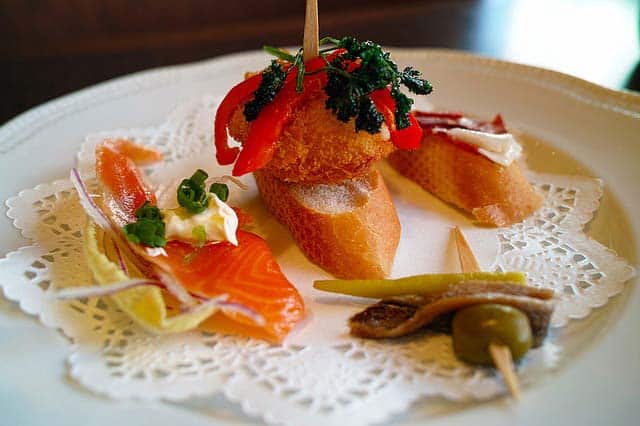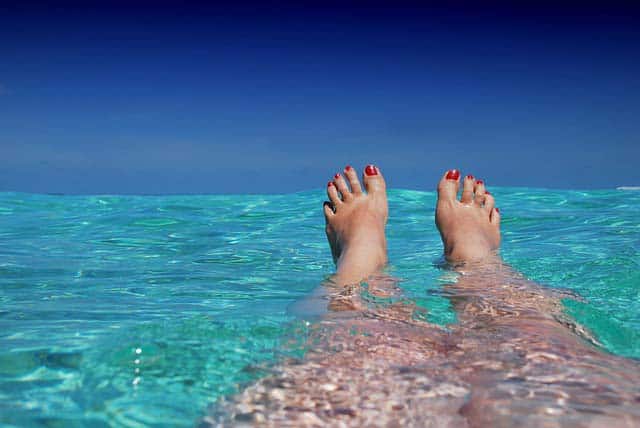My trip to Greece
Croatia is a sovereign state at the crossroads of Central Europe, Southeast Europe, and the Mediterranean. Its capital cityis Zagreb, which forms one of the country’s primary subdivisions, along with its twenty counties. Croatia covers 56,594 square kilometres and has diverse, mostly continental and Mediterranean climates. Croatia’s Adriatic Sea coast contains more than a thousand islands. The country’s population is 4.28 million, most of whom are Croats, with the most common religious denomination being Roman Catholicism. Croatia can be subdivided between a number of ecoregions because of its climate and geomorphology. The country is consequently one of the richest in Europe in terms of biodiversity. There are four types of biogeographical regions in Croatia—Mediterranean along the coast and in its immediate hinterland, Alpine in most of Lika and Gorski Kotar, Pannonian along Drava and Danube, and continental in the remaining areas. One of the most significant are karst habitats which include submerged karst, such as Zrmanja and Krka canyons and tufa barriers, as well as underground habitats.

The Croats arrived in the area of present-day Croatia during the early part of the 7th century AD. They organised the state into two duchies by the 9th century. Tomislav became the first king by 925, elevating Croatia to the status of a kingdom. The Kingdom of Croatia retained its sovereignty for nearly two centuries, reaching its peak during the rule of Kings Peter Krešimir IV and Dmitar Zvonimir. Croatia entered a personal union with Hungary in 1102. In 1527, faced with Ottoman conquest, the Croatian Parliament elected Ferdinand I of the House of Habsburg to the Croatian throne. In 1918, after World War I, Croatia was included in the unrecognized State of Slovenes, Croats and Serbs which seceded from Austria-Hungary and merged into the Kingdom of Yugoslavia. The Independent State of Croatia backed by the fascist Italy and Germany existed during World War II. After the war, Croatia became a founding member and a federal constituent of Socialist Federal Republic of Yugoslavia, a constitutionally socialist state.
 A unitary state, Croatia is a republic governed under a parliamentary system. The International Monetary Fund classified Croatia as an emerging and developing economy, and the World Bank identified it as a high-income economy. Croatia is a member of theEuropean Union (EU), United Nations (UN), the Council of Europe, NATO, the World Trade Organization (WTO) and a founding member of the Union for the Mediterranean. As an active participant in the UN peacekeeping forces, Croatia has contributed troops to the NATO-led mission in Afghanistan and took a non-permanent seat on the UN Security Council for the 2008–2009 term. Mean annual precipitation ranges between 600 millimetres (24 inches) and 3,500 millimetres (140 inches) depending on geographic region and prevailing climate type.The least precipitation is recorded in the outer islands (Vis, Lastovo,Biševo, Svetac) and in the eastern parts of Slavonia, however in the latter case, it is mostly occurring during the growing season.
A unitary state, Croatia is a republic governed under a parliamentary system. The International Monetary Fund classified Croatia as an emerging and developing economy, and the World Bank identified it as a high-income economy. Croatia is a member of theEuropean Union (EU), United Nations (UN), the Council of Europe, NATO, the World Trade Organization (WTO) and a founding member of the Union for the Mediterranean. As an active participant in the UN peacekeeping forces, Croatia has contributed troops to the NATO-led mission in Afghanistan and took a non-permanent seat on the UN Security Council for the 2008–2009 term. Mean annual precipitation ranges between 600 millimetres (24 inches) and 3,500 millimetres (140 inches) depending on geographic region and prevailing climate type.The least precipitation is recorded in the outer islands (Vis, Lastovo,Biševo, Svetac) and in the eastern parts of Slavonia, however in the latter case, it is mostly occurring during the growing season.
The maximum precipitation levels are observed on the Dinara mountain range and in Gorski kotar. The service sector dominates Croatia’s economy, followed by the industrial sector and agriculture. Tourism is a significant source of revenue during the summer, with Croatia ranked the 18th most popular tourist destination in the world. The state controls a part of the economy, with substantial government expenditure. The European Union is Croatia’s most important trading partner. The Croatian government constantly invests in infrastructure, especially transport routes and facilities along the Pan-European corridors. Internal sources produce a significant portion of energy in Croatia; the rest is imported. Croatia provides a universal health care system and free primary and secondary education, while supporting culture through numerous public institutions and corporate investments in media and publishing.
